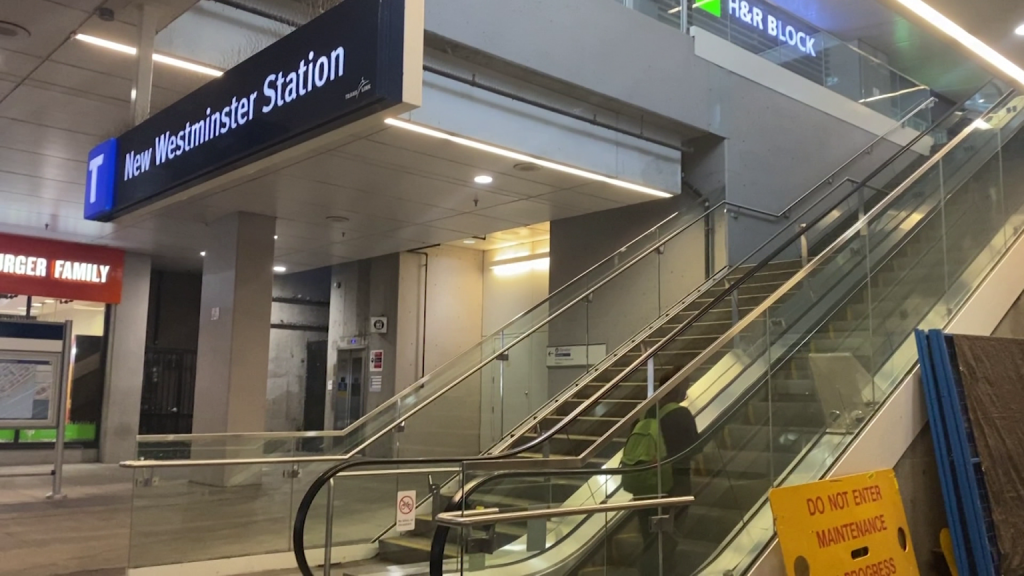Service sector hard-hit as jobless rate soars to near-record high
Posted May 8, 2020 8:17 am.
Last Updated May 8, 2020 8:37 am.
VANCOUVER (NEWS 1130) – Canada’s unemployment rate has soared to a near-record high because of the COVID-19 pandemic, with the labour market losing nearly three-million jobs since February.
The shocking numbers were, to an extent, expected as many people were temporarily laid off due to business closures and operation cuts, however, the trend has happened over a relative handful of weeks.
According to the Greater Vancouver Board of Trade, the service industry has taken the brunt of it, despite federal relief.
“It’s clear that the wage subsidy has really softened the blow and really shored up a lot of businesses,” GVBoT CEO Bridgitte Anderson explains. “But looking ahead to when the wage subsidy ends, by around the end of June or beginning of July, concerns remain that there could be a second round of lay-offs if companies don’t see revenues return.”
On Friday, Prime Minister Justin Trudeau announced the Canada Emergency Wage Subsidy would be extended beyond June, however, it’s unclear how long it will remain in place. He also announced the creation of an Industry Strategy Council, which will help determine how best to support the hardest hit sectors.
The Prime Minister says the federal government is also creating an industry strategy council, which will help determine how best to support the hardest hit sectors in the #COVID19 pandemic #cdnpoli
— Cormac Mac Sweeney (@cmaconthehill) May 8, 2020
Nearly two million jobs were lost last month, leaving Canada’s unemployment rate at 13 per cent in April, which marked the first full month of the economic shutdown during the pandemic. That came after about a million jobs were cut the month before.
In B.C., 248,000 jobs were lost in April, sending the unemployment rate in the province to 11.5 percent.
“You look at it since February, and B.C. has lost 382,000 jobs since the pandemic struck,” Anderson says, adding the impact the crisis has had on the food, accommodation, and retail sectors is dire.
The provincial government announced this week its plan to begin lifting some restrictions, reopening the economy.
“Hoping that this is the plateau and that things are going to start to improve now that restrictions are easing, but one of the things that we continue to be concerned about is when the wage subsidy starts to ease,” she notes.
Long term, Anderson says it’s “great news” that businesses will soon — if all goes to plan — be allowed to begin running again. However, she adds the latest jobs report just shows which sectors will take more time to get back on their feet.
“When we look at accommodation and food, restaurants will begin to reopen not at the levels that they were at, and hotels are going to take a long time to come back because travel and tourism are going to take a long time to get back to levels where they were at as well,” she explains. “These are factors we’re continuing to watch, and know that they’re going to continue to be impacted.”
Anderson says the GVBoT has heard concerns from a number of businesses that they may not be able to continue to operate with a decrease in revenue.
When it comes to smaller businesses, in particular, Anderson says while many have been able to benefit from the federal wage subsidy, rent relief continues to be an issue.
“That’s a continued impact on their cash flow. So, for them, that’s sort of a double hit. Looking forward, as they’re trying to get their businesses back online, they’re going to need every bit of support that they can to keep cash flow alive, so they can pay their workers and pay their bills.”
On the labour front, Statistics Canada says 97 per cent of the newly-unemployed across the country are on temporary lay-offs, indicating many will return as restrictions ease. However, some economists see a rough road ahead.
“I think it’s really hard to forecast right now, but there are number of reasons not to be as optimistic as some have been about how quickly the labour market will recover,” argues Iglika Ivanova, a senior BC economist for the Canadian Centre for Policy Alternatives.
“The reality is that even as we allow business to open, we are not sure whether or not people will feel safe going into these businesses, going to a restaurant or a pub, as they did before COVID-19 hit. It’s also not certain people will be able to afford going into these businesses considering how many people have lost a significant amount of income through job loss or having their hours cut.”
Ivanova foresees the need for more relief.
“I would see potentially having to extend some of the benefits the federal government has offered beyond the current four months.”
StatCan says vulnerable workers continue to see the greatest losses in temporary and non-unionized jobs. That has also led to an increase in average wages in Canada in April as lower-paid jobs disappear.
The current unemployment rate is the second worst on record in Canada.










